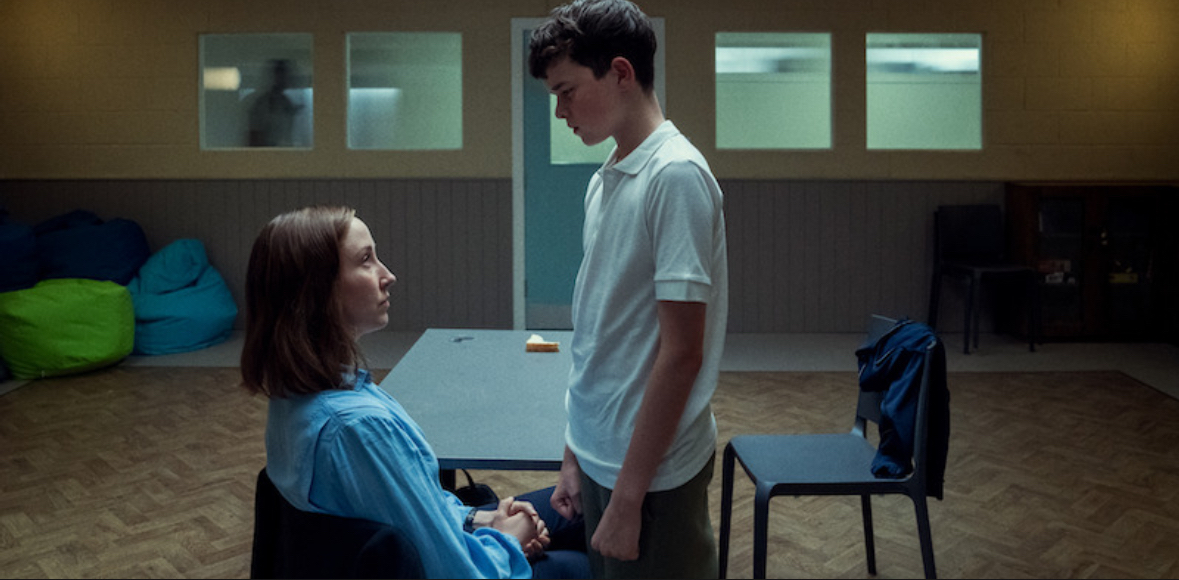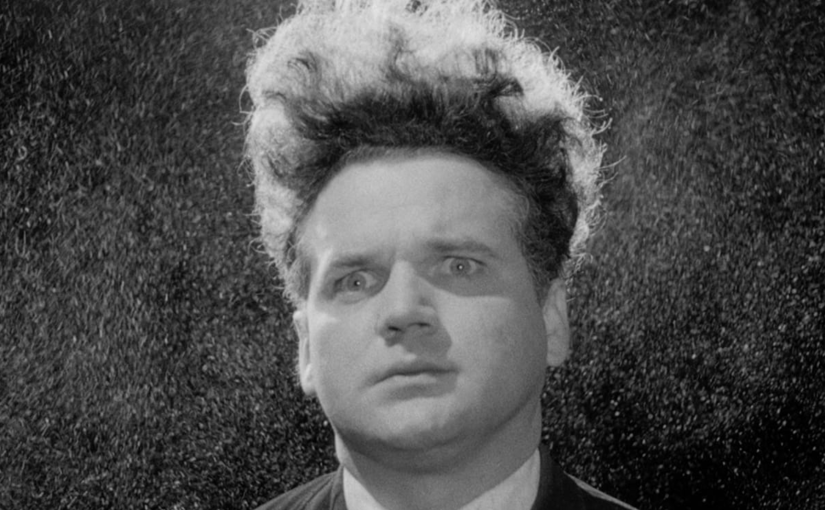
Oscar Wilde’s “The Picture of Dorian Gray” is often celebrated as a cautionary tale steeped in hedonism and the moral dilemmas of beauty and art. However, beneath the surface of this gothic narrative lies a profound exploration of self-identity, the quest for authenticity, and the complexities of human desire. This tapestry of existence presents an unforgettable lesson on dualism, where the surface allure of Dorian Gray’s beauty exists in stark contrast to the decay nestled within. In the heart of this tale lies the eternal struggle within each of us-the dichotomy of the external self and the internal soul.
Wilde’s ingenuity reveals itself in how the portrait unfolds Gray’s true nature, suggesting that our essence may very well be a reflection of our choices, etched forever in time. Gray remains eternally youthful, while his painting bears the grotesque evidence of his indulgences. “Is insincerity such a terrible thing? I think not. It is merely a method by which we can multiply our personalities,” he muses through Lord Henry. This remark encapsulates the grand illusion of our modern lives, where we often wear masks, curating versions of ourselves that may only superficially charm the eye while neglecting the intricate dance of the spirit beneath.
In my own contemplation, I find Wilde’s assertion that “People say something that Beauty is superficial. That may be so. But at least it is not so superficial as Thought is” resonates deeply. Beauty, in its most profound sense, can illuminate truths obscured by our not-so-genuine selves. Yet therein lies the challenge. What good is beauty if it cloaks a heart devoid of goodness? Gray embodies this paradox, demonstrating the dangerous balance between appearance and essence a beautiful facade cannot shield one from the consequences of a rotting core. “Behind every exquisite thing that existed, there was something tragic” is a truth that hangs heavily upon every page of this narrative, for indeed, the most captivating lives often harbor untold stories of sorrow and regret.
Wilde deftly chronicles Gray’s descent into moral corruption spurred by hedonism, revealing a truth that transcends the Victorian context of the tale. His pursuit of pleasure leads to torment, encapsulated by the haunting transformation of his portrait. “That a burnt child loves fire,” one might wisely reflect as Gray finds himself captured by the very desires he sought to embrace. The power of art itself becomes a powerful symbol; it holds a mirror to our deepest fears and desires, revealing the internal and external chaos we may seek to disguise or ignore.
At times, as I recall the memories of my own choices, I see Wilde’s poignant assertion: “To live is the rarest thing in the world. Most people exist, that is all.” It becomes evident that Gray, in his frantic embrace of life, experiences existence in its most distorted and shallow form. It serves as a gentle reminder that true vitality is woven from introspection and connection to the human spirit, rather than excessive indulgence lacking moral consideration. Gray’s tragedy lies in the quest for sensation that ultimately strips away his very essence, revealing the emptiness beneath.
As we arrive at the heart of Wilde’s commentary, we must confront the haunting reality: “Nowadays people know the price of everything and the value of nothing.” Gray’s life serves as a cautionary tale against valuing beauty over substance, a lesson that remains significant in a world utterly obsessed with appearance. The portrait not only reflects Gray’s moral decline but embodies the broader societal critique-what are the costs of our pursuits and desires? To define our worth by facade alone is to diminish the complexity that makes us human.
In closing, “The Picture of Dorian Gray” emerges not just as a story of beauty and decay, but as a profound reflection of the human experience-the duality within ourselves that begs for acknowledgement. Wilde’s artistry lays bare the struggle between who we are and who we wish to be, a dance of shadows we each partake in. “To define is to limit,” reminds us that the scope of our humanity cannot be confined within superficial values. Gray’s touching journey serves as both a celebration and a warning; life, in its truest form, is precious-a fleeting tapestry woven from the choices we make and the truths we dare to confront. Let us approach this timeless tale as an opportunity to reflect upon our own inner complexities, seeking balance between the beauty we project and the essence we cultivate within.




